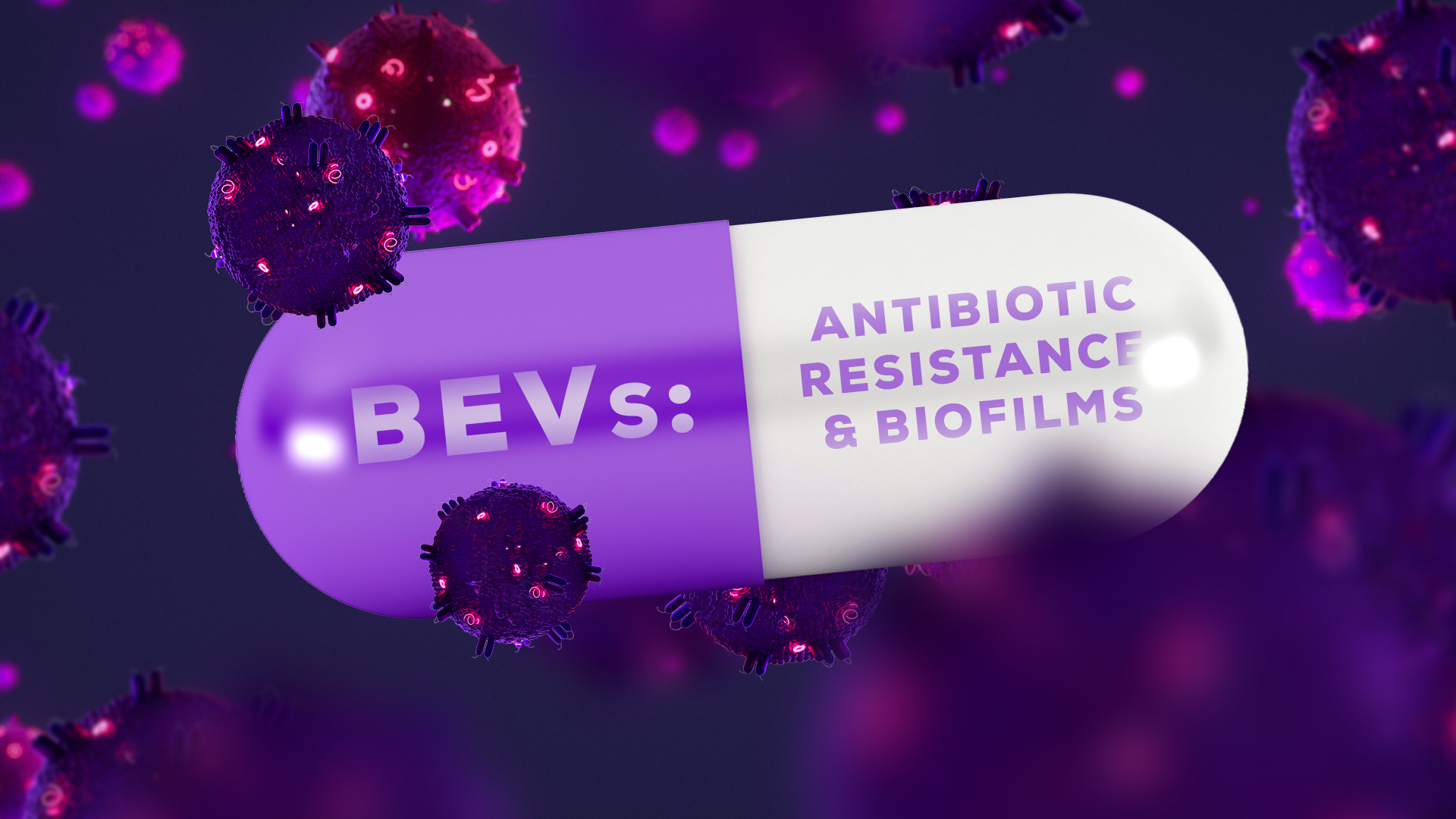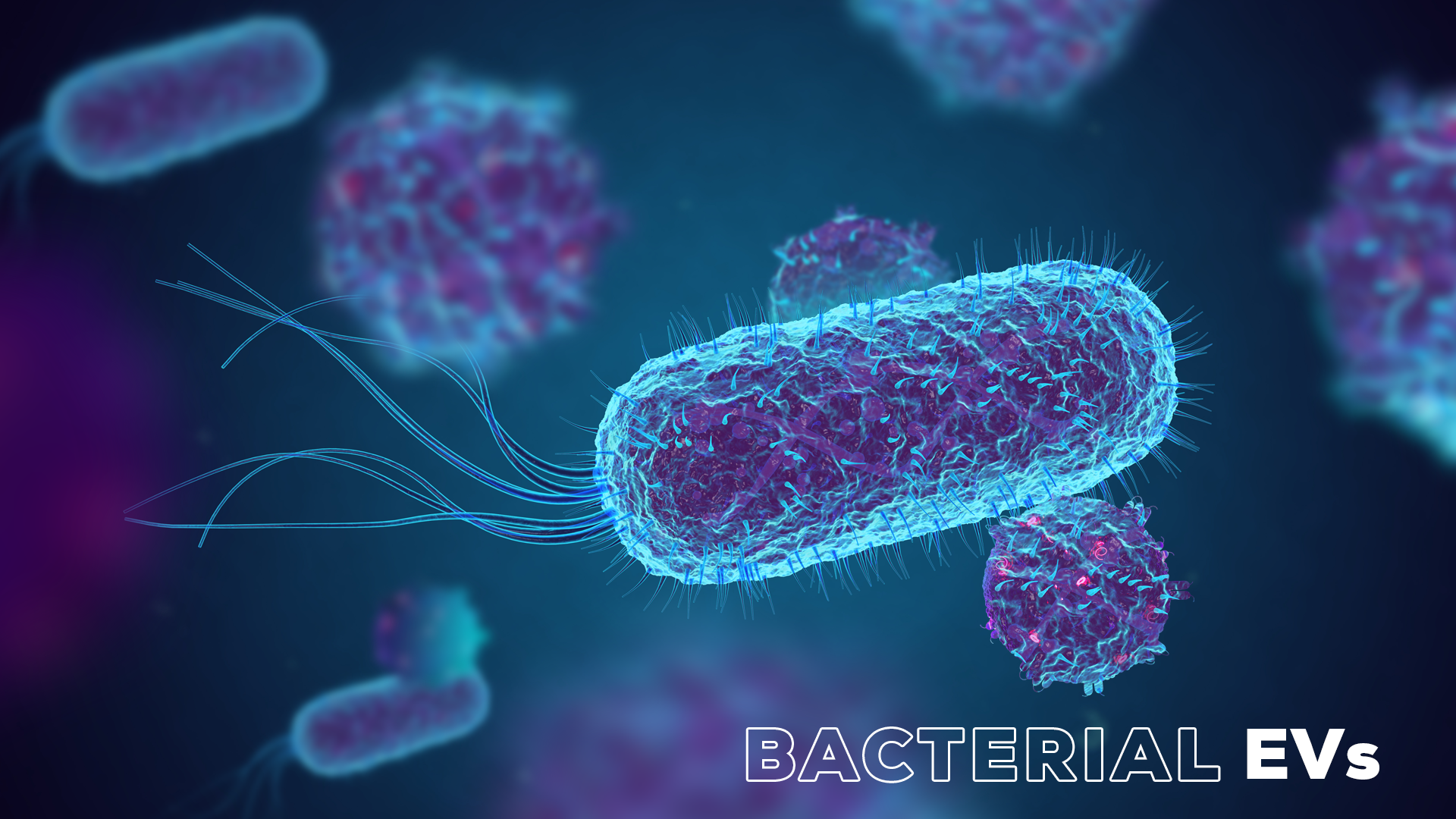Every few years, the International Society of Extracellular Vesicles (ISEV) organises a gargantuan survey of the extracellular vesicles (EV) field, asking about everything from nomenclature to methodology reporting. The result of this is the Minimal Information for Studies of Extracellular Vesicles (MISEV) position papers, the first of which was published in 20141, followed by an update in 20182 and a further update in early 2024 (named MISEV2023).3 Over its three iterations, the MISEV recommendations have evolved alongside the field, changing as our knowledge increases. By the authors’ own admission, the MISEV guidelines are not intended to gatekeep, stifle innovation or even to be exhaustive. They are, however, intended to act as an introduction to give new and established researchers, reviewers, editors and product developers a list of guidelines to encourage rigor, reproducibility, clarity and transparency. Noble goals indeed, especially for a field which has at times felt like the Wild West as its size has expanded faster than scientific convention can keep up.
Here then we summarise MISEV2023, offer a few comments and suggestions of our own and, importantly, give you everything you need to know to be MISEV2023 compliant as a qEV user.
General recommendations on nomenclature
Broadly, MISEV2023 agrees with our article discussing the types of EVs by discouraging the unfounded use of terms such as ‘exosome’. Some new terms are recommended, though. For instance, ‘Extracellular Particles (EPs)’ was recommended as an umbrella term for “cell-derived multimolecular assemblies in the nanometre to micron size range”. This includes EVs but also a plethora of non-EV particles which MISEV calls ‘Non-Vesicular Extracellular Particles (NVEPs)’.
Whilst EPs was suggested in MISEV2023 as the term of choice when EVs and NVEPs co-exist, this is essentially always. No EV isolation process can remove 100% of NVEPs. This is why we use the term 'EV isolate' to refer to post-isolation EV-enriched samples rather than just referring to them as EVs.
General recommendations on sample processing
MISEV2023 also gives general recommendations on sample processing. The first is to remove cells/platelets/tissue as early as possible to prevent the generation of EVs and EPs during sample processing. It is for this reason that we generally recommend the use of plasma over serum. To align with MISEV2023, the degree of post-isolation contamination from cells, NVEPs and free protein should be determined and reported as a metric of EV isolate purity. MISEV2023 also recommends testing the raw sample and an EV-depleted sample alongside your EV isolate for functional or biomarker studies. This is in line with our own thoughts on the topic.
A quick caution on the positioning of SEC in MISEV2023
MISEV2023 positions size exclusion chromatography (SEC) as being less specific (i.e., delivering less pure EV isolates) than density gradient purification, and similar in specificity to ultracentrifugation. This is incongruent with the data comparing the three techniques in the literature.4,5 We recommend that you seek out multiple published comparisons using your sample type of choice to get a more balanced and relevant assessment of the relative specificity/purity of EV isolation techniques.
MISEV2023 recommendations regarding size exclusion chromatography
Now onto what is most relevant to qEV customers – MISEV2023 recommendations regarding methodology reporting for SEC. Here, we’ll take each recommendation in turn and provide you with as much help in meeting them as we can.
1. Reporting type of matrix and pore size; height and diameter (or volume) of matrix-containing column
Our qEV columns contain agarose resin which has been crosslinked using proprietary methodologies (conducted through our partnership with ABT) to achieve the 20 nm series and the Gen 2 iterations of the 35 nm and 70 nm resins. The resin pore sizes are given in the names of the three qEV column series: 20 nm series, 35 nm series, and the 70 nm series. For information on column dimensions, see Table 1.

2. Reporting the method of column packing (or source of commercially-available columns)
For qEV customers this is straightforward. The qEV column size (e.g., qEVoriginal) and resin series (e.g., 20 nm) should be reported. For 35 nm and 70 nm series columns, it is advised that you also report whether Legacy (now discontinued) or Gen 2 columns were used.
As of the time of writing, it is not possible to enter your qEV column size or resin series into EV-TRACK. This is a great shame as it impedes the rigor, reproducibility, and transparency of the field. We raised this issue with the organisers of EV-TRACK in March 2023 but did not receive a response. We would encourage members of the qEV user community to request the inclusion of a space to report qEV column type in EV-TRACK.

3. Reporting the source, volume and particle concentration of pre-SEC sample, including any prior separation/concentration steps
Most of this is fairly simple. Just detail your sample source (including relevant biometric data and sampling technique), volume and any pre-SEC steps. Additionally, we recommend detailing whether your sample volume was added to the qEV column in one go or in two or more steps. Easy.
The tricky part of this recommendation is reporting the particle concentration of pre-SEC samples. This is very difficult because pre-SEC samples are often very ‘dirty’ – aka, they are complex biofluids comprised of different particle types. The presence of very large particles and high levels of protein impedes accurate concentration measurement using all the major particle measurement techniques. It is also not possible to discriminate EVs from other particles when measuring particle concentration, meaning that a theorised loss in EVs could actually be a loss of contaminant lipoproteins. There are also no reliable and universal markers for EVs. This is a problem as SEC (and other EV isolation techniques) may isolate subsets of EVs to different degrees, depending upon their physical characteristics such as size, density and charge. Therefore, the use of EV markers may not truly reflect the change in EV concentration pre- and post-isolation. We’re not sure what to suggest for this one then as we don’t really believe that it is currently possible to do so accurately.
4. Reporting buffer composition
Reporting your buffer composition for SEC isolation and storage of EVs is important as this can impact upon EV numbers, size and stability.6
5. Reporting gravity flow or pressure.
If you are using qEV columns manually or with the Automatic Fraction Collector (AFC), you are isolating via gravity. However given the increased reproducibility of using the AFC compared to manual isolation, it is recommended that you report which method was used. Alternatively, if you are using one of our larger off-the-shelf columns, or one of our customised very large columns (think 2L+ of sample) then you may be using a pump-based chromatography unit. The parameters used in these instruments should be reported.
For information on our large chromatography units please enquire here.
6. Reporting void volume and numbers and volume of fractions collected
Your void volume (also referred to as the buffer volume), fraction volumes, and number of fractions may be the same as is recommended in the qEV user manual matching your column size and resin series, but should be reported for completeness. Note that we refer to the pooled collected fractions which are enriched in EVs as the purified collection volume (PCV).
7. Reporting any post-SEC concentration methods
As with any pre-processing, post-SEC processing should also be reported as this can have an impact on the isolate composition. The method, concentration factor and comparison to pre-concentrated isolate should be reported.
8. Reporting whether columns are re-used, the method of column regeneration and number of times the column has been used
The method for cleaning qEV columns minimises sample carryover. Reporting this and the number of uses is important, especially if this is more than the number suggested in your user manual.
MISEV2023 guidelines and you
Whilst MISEV guidelines are not law, they do represent the consensus in the field. They represent the ideal. So whilst you shouldn’t hold off on publishing your research if you cannot fully meet the MISEV2023 guidelines, it is good to keep them in mind when planning new projects. They should, in general, improve both the quality of your research and how it is received by the EV community. That being said, the MISEV2023 guidelines are a point in history and are, therefore, quickly outdated. New innovations and discoveries will change the EV field. Just because a method is not mentioned in MISEV2023 doesn’t mean that it is not worth trying out for yourself. So, keep your eyes peeled because we have some new things on the horizon, and we think that you’re going to like them.









